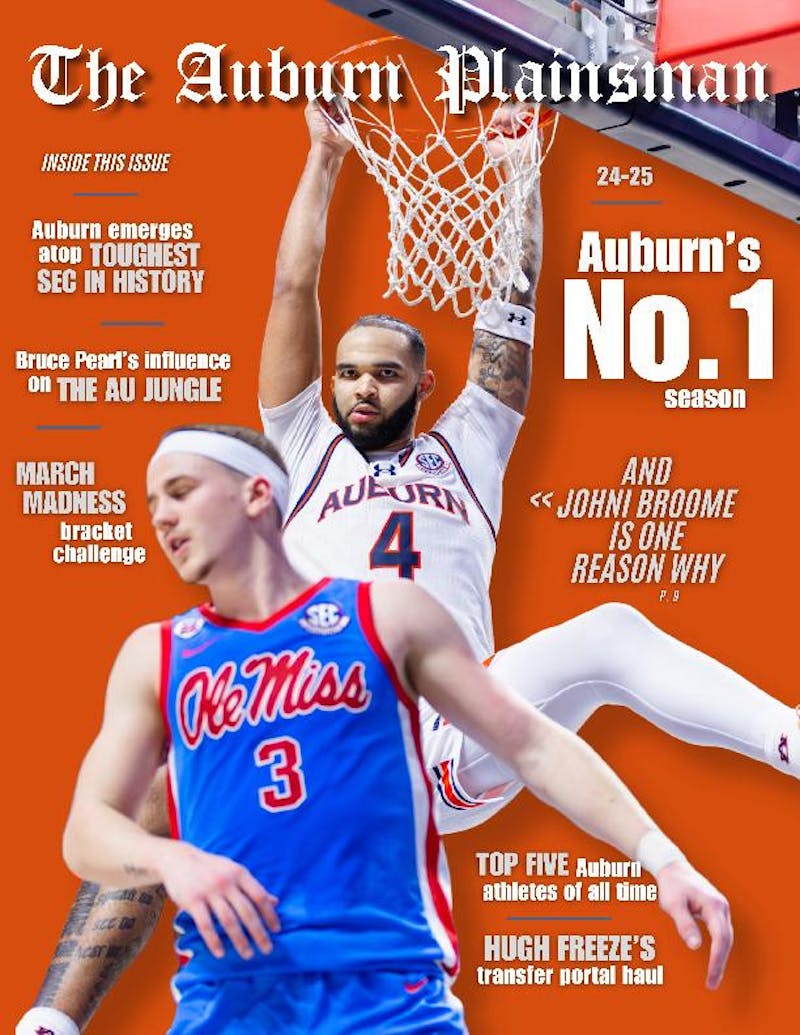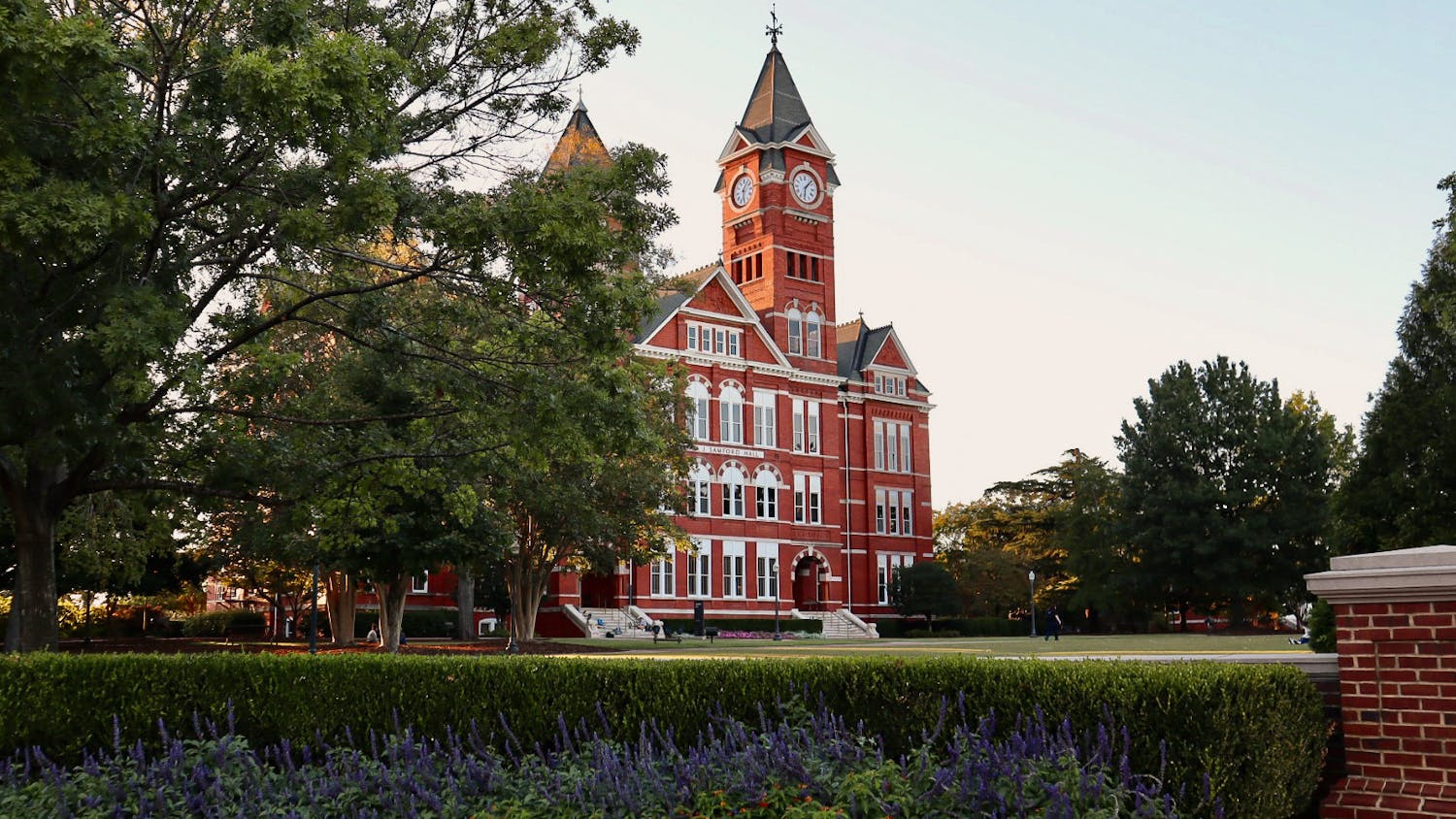Auburn University has a museum of natural history.
But it's a museum without exhibits.
The museum has more than one million specimens and one of the nation's largest collections of North American tarantulas.
There are fish from all over the Southeastern United States and from as far as Africa.
There are stacks of Alabama tortoise shells that serve as a painful reminder of Campbell's Soup Company hunting them to near-extinction for turtle soup.
There's a room full of croaking frogs and hissing snakes. The mammal department has mounted collections of species that used to roam Alabama.
The museum even houses the state of Alabama plant collection.
All of these collections and more make up the Auburn University Museum of Natural History, or AUMNH.
And in April, it's getting a new home.
The Biodiversity Learning Center is slated to open Wednesday, April 3, behind M. White Smith Hall.
It boasts specimen preparation rooms, a seminar conference room and more space to grow the museum's collections.
What the Biodiversity Learning Center won't have is public display space.
Although the museum is not completed yet it is not far from completiton.
"The museum is in its intermediate stage," said Dr. Jason Bond, professor of biology and director of the AUMNH.
A two-time Colbert Report guest and spider expert, Bond has big dreams for the museum past the opening of the Biodiversity Learning Center.
"We want to develop public exhibits to enhance access to our collections," Bond said.
Although it won't have public display space, the Biodiversity Learning Center will provide a platform for the museum to reach out to the community.
"The new building gives us a unique opportunity to expand outreach," said Dr. Craig Guyer, curator of the herpetology department.
"We have presentations at Camp War Eagle and Talons Days," Guyer said. "And now, with the new building, there's no shortage of great schools that could come in here and visit."
The museum's new location is an improvement from its previous location in the Physiology Building, but there's still more to be done, Bond said.
"A museum of natural history is what Auburn is missing," Bond said. "How on earth do we have an art museum and not a natural history museum? As a land grant university, we are obligated to transmit our research, and a public museum of natural history could be the nexus of that. It's an obvious fit."
The next step for the museum is to raise money and awareness for public exhibits.
"M. White Smith Hall is a good candidate (for exhibit space) because it's connected to the Biodiversity Learning Center where the collections are housed," Guyer said. "Right now it's used for displaced offices, but it could be renovated and made into display space for the museum."
However, because of budget cuts and the declining economic climate, the top priority of Bond and the museum is to maintain its current collections.
"We fight for every penny," Bond said. "We spend $5,000 to $10,000 every year on alcohol alone to keep specimens preserved. We would need significant funding to expand to having exhibits."
On Wednesday, April 10, the AUMNH will host "Celebrating Biodiversity," a fundraising dinner at the Auburn University Hotel and Conference Center, featuring speaker and famous biologist E.O. Wilson.
The proceeds, however, won't be going toward building public exhibit space. It will be for basic upkeep and intake of collections.
"We need to support the museum that we have," Bond said. "Efforts to digitize our collections, outreach efforts, they all cost money. And we do not have as much funding as we need."
There is not a lack of interest in the museum by Auburn University students.
But most students, when asked, didn't know it exists.
"I would definitely go visit a museum of a natural history if we had one," said Talia Arevalo, sophomore in graphic design. "That would be really cool, and I'm not even a science major."
The Auburn University Museum of Natural History has opportunities for student involvement as well - students can work in the museum and with the collections.
"We are working on ways, besides public exhibits, to have students be able to visit the museum," Bond said.
The Biodiversity Learning Center is the culmination of years of hard work by the staff of the AUMNH, but it's not the end of the story.
"The goal of these collections is to be able to throw open the doors and say, 'Hey, use this resource,'" Guyer said.
With this museum, Guyer said people would think about Auburn more for biology.
"(They) think twice about using turtles for target practice," Guyers said.
Students interested in working with the museum or for more information about the "Celebrating Biodiversity" dinner can contact Dr. Jason Bond at jeb0037@auburn.edu.
Do you like this story? The Plainsman doesn't accept money from tuition or student fees, and we don't charge a subscription fee. But you can donate to support The Plainsman.





